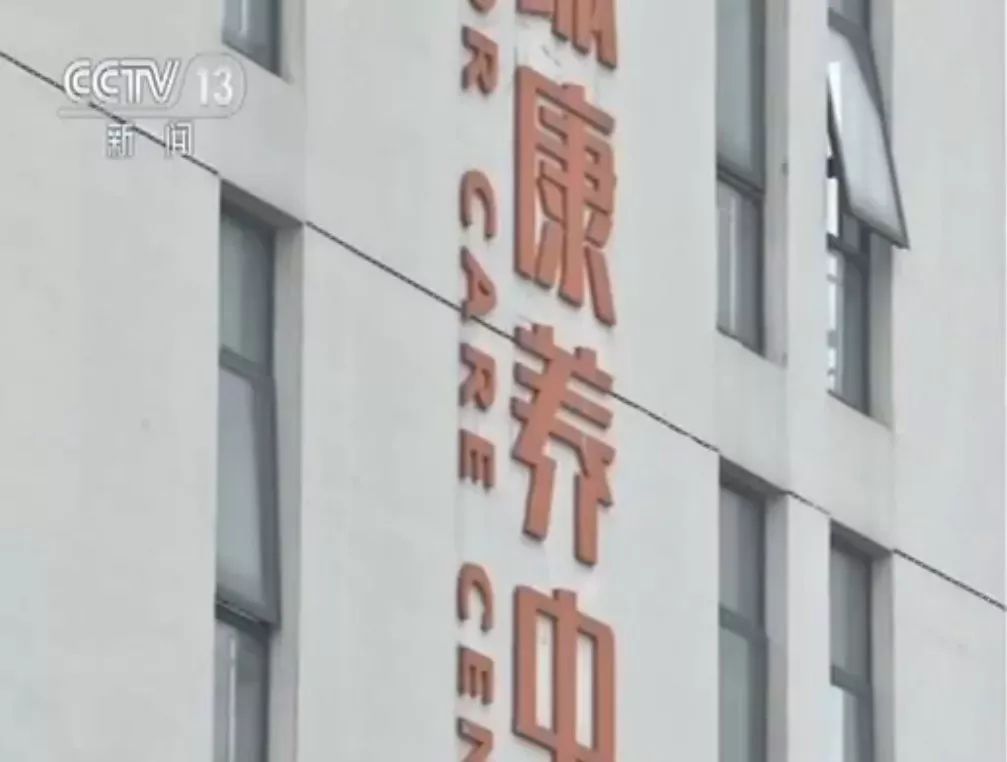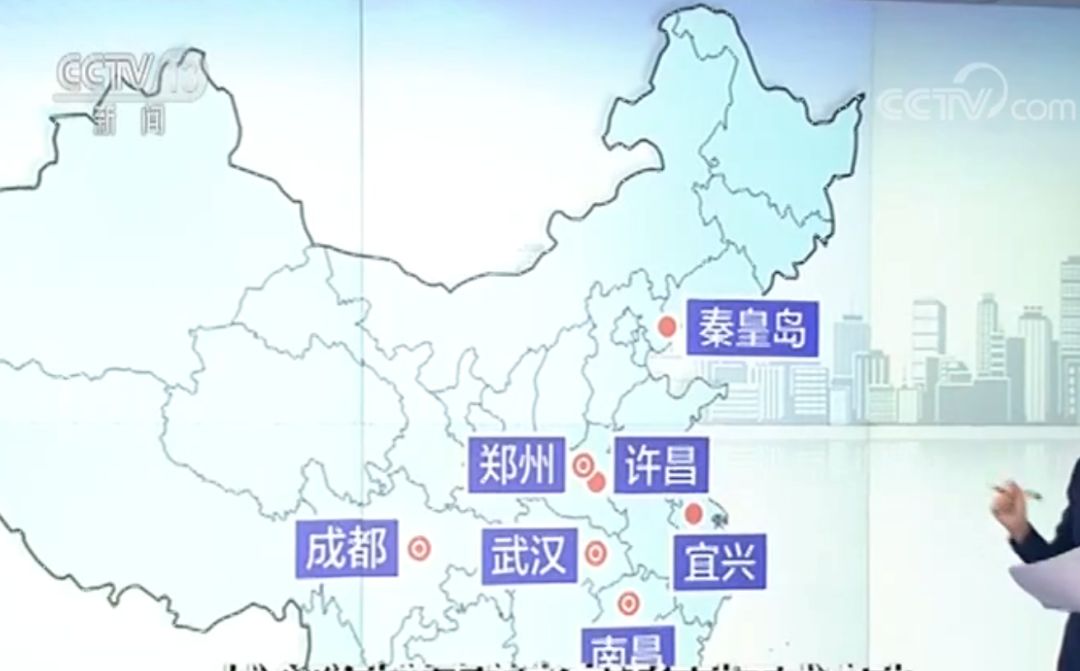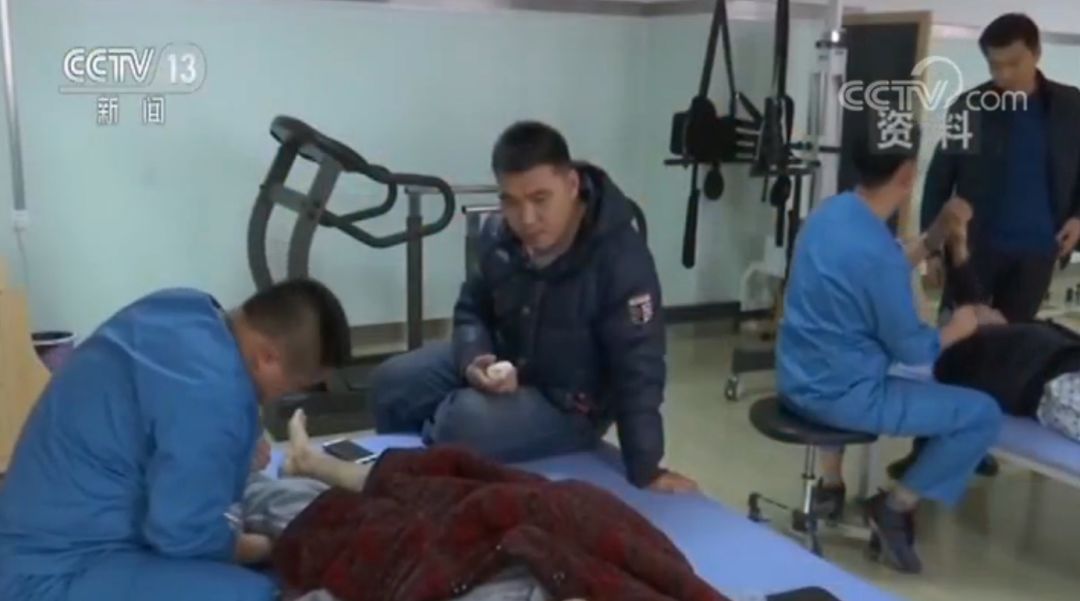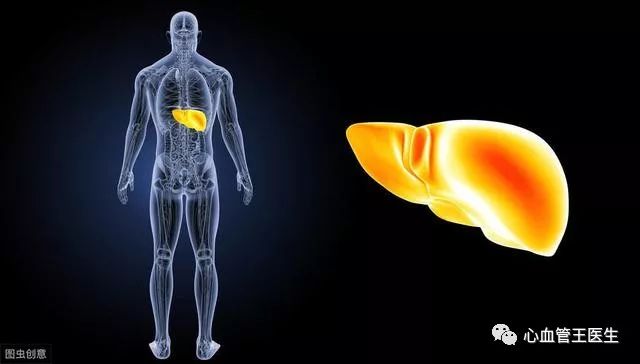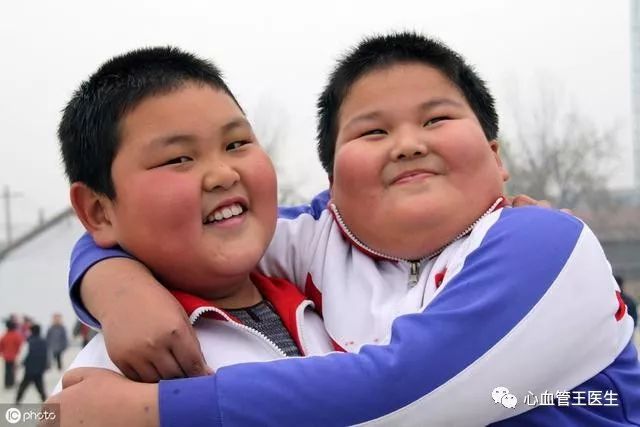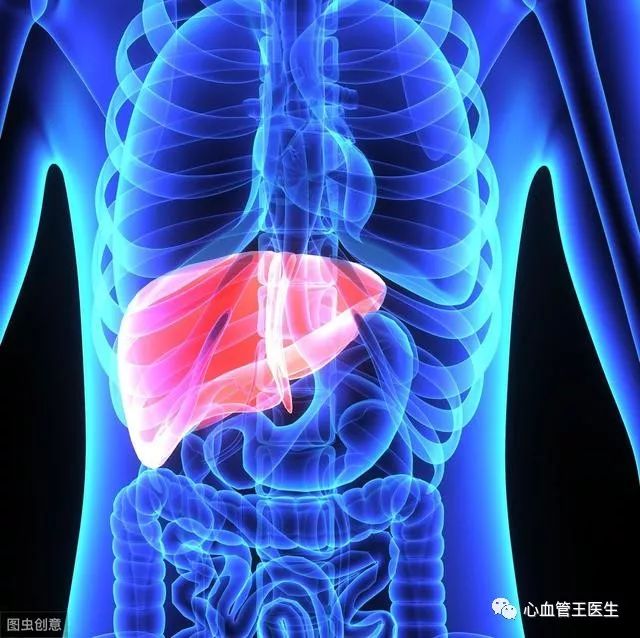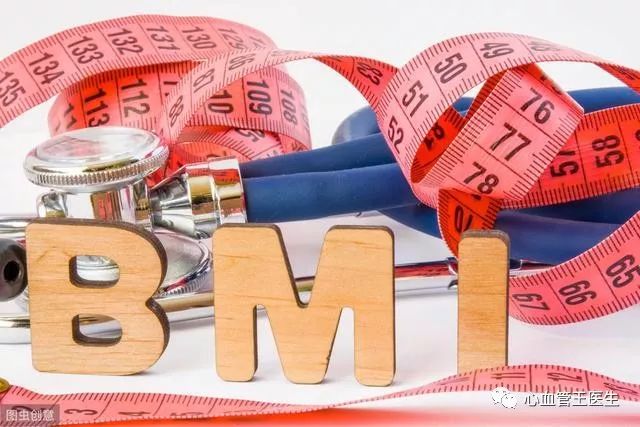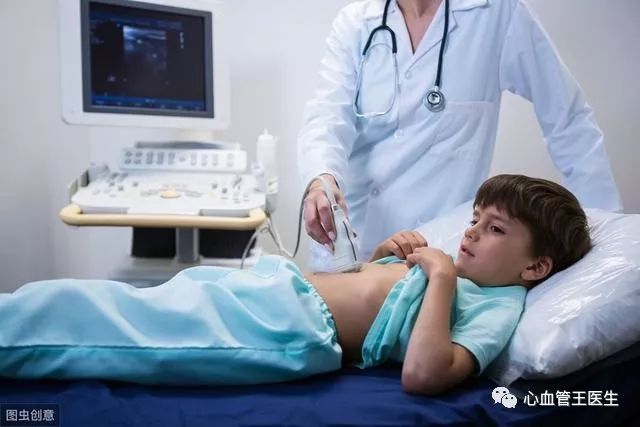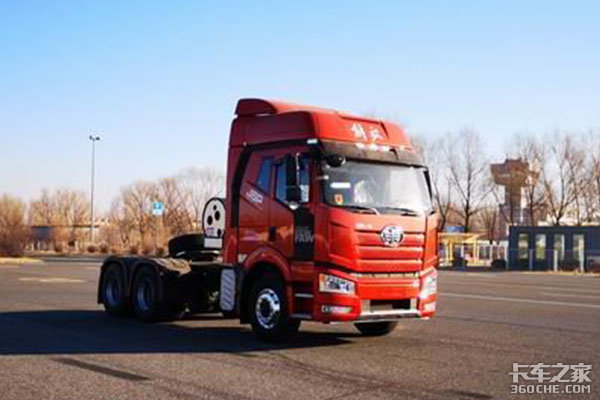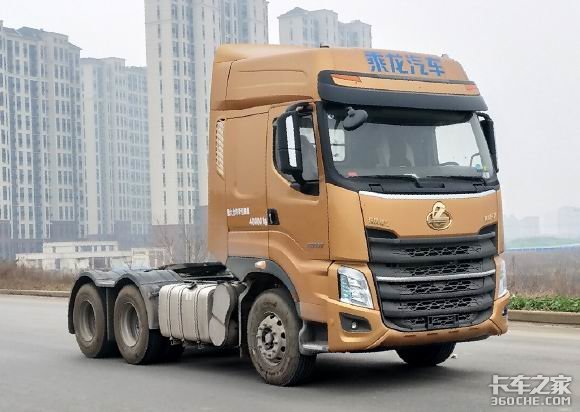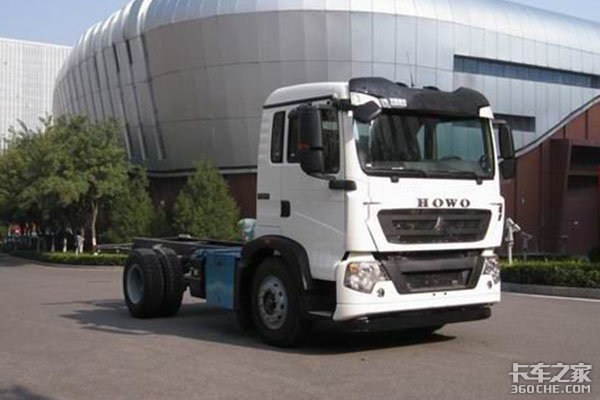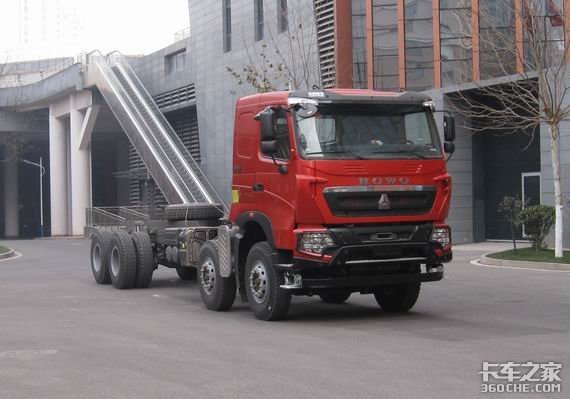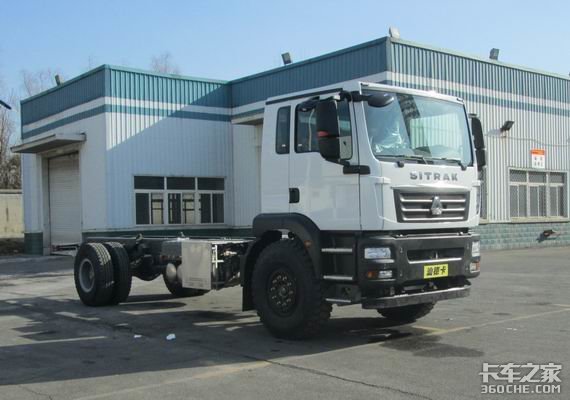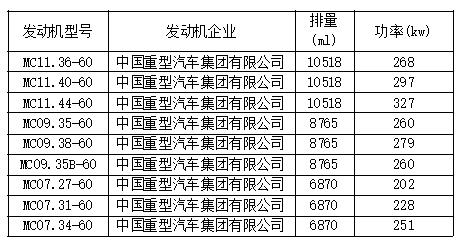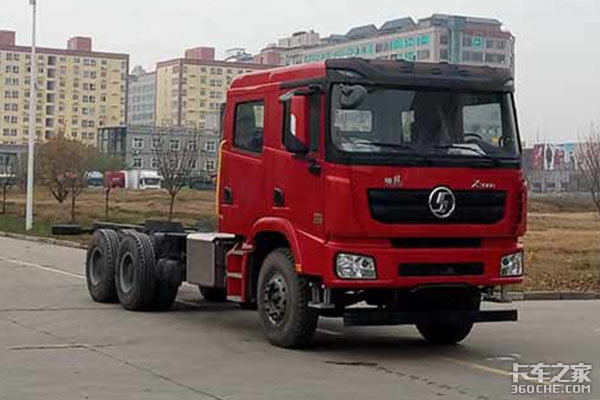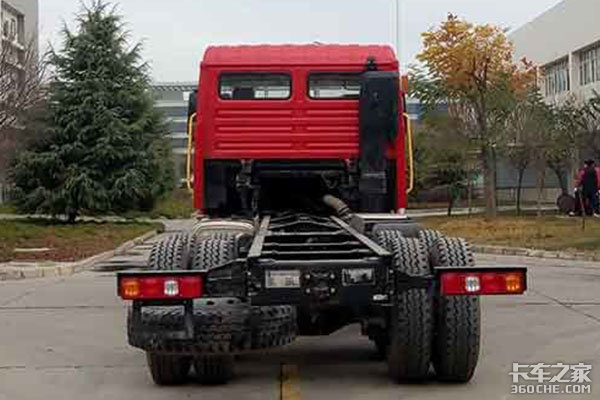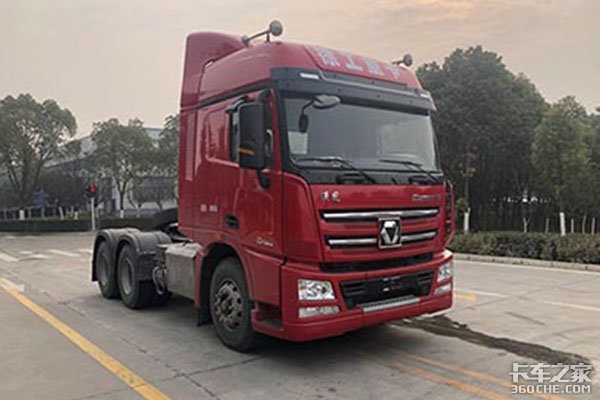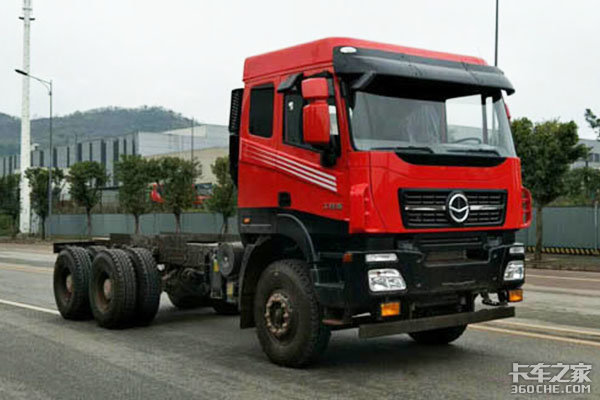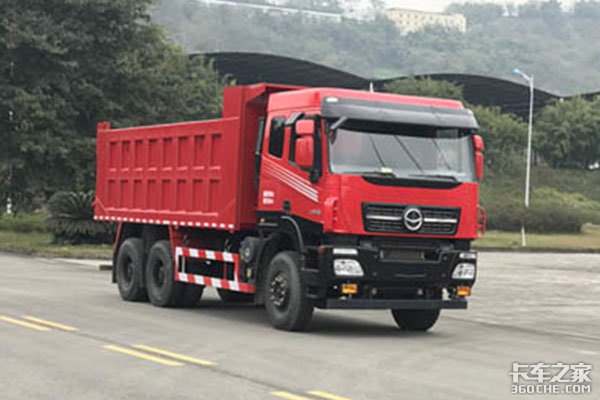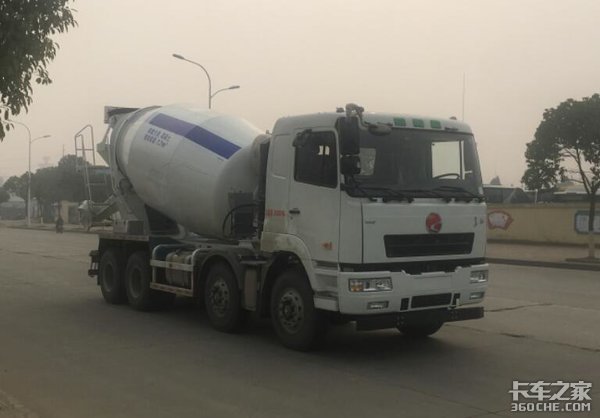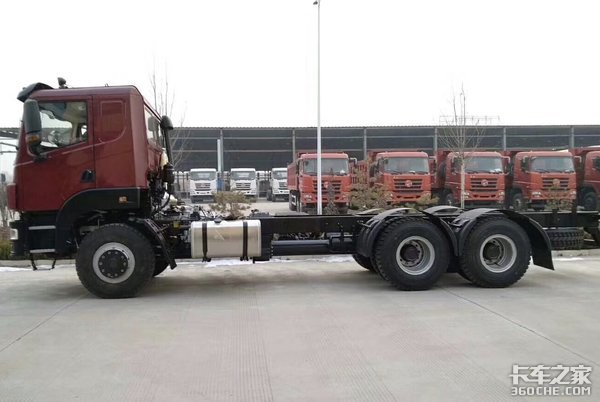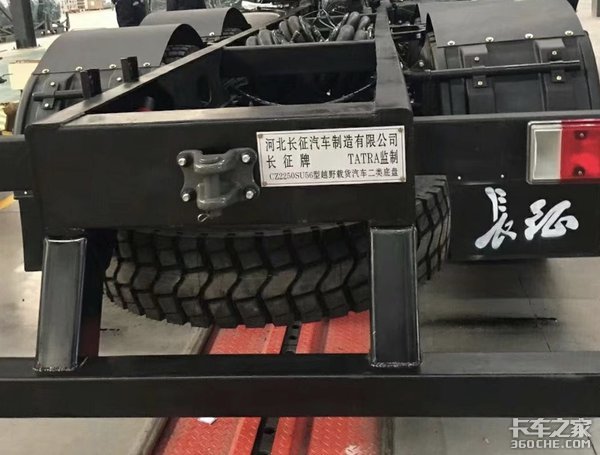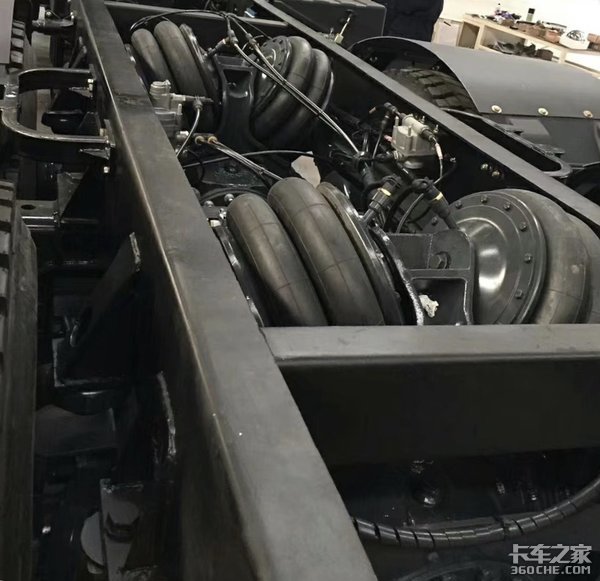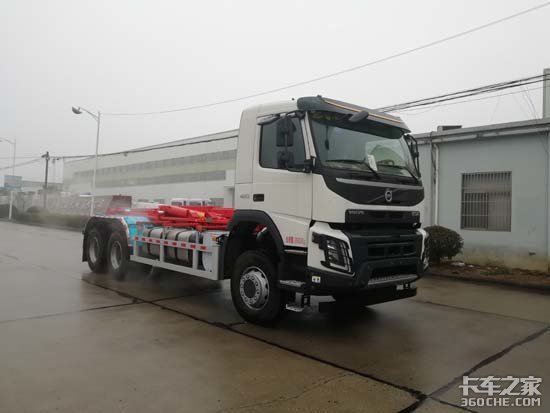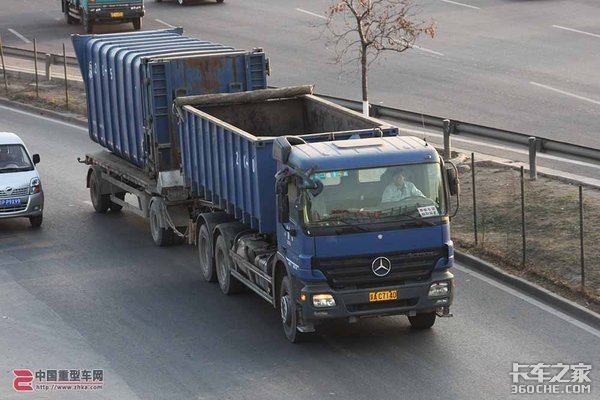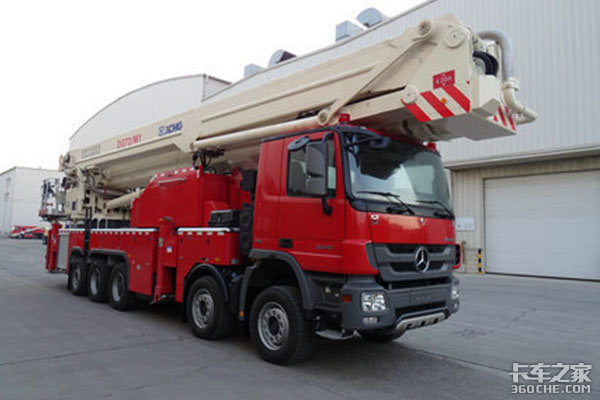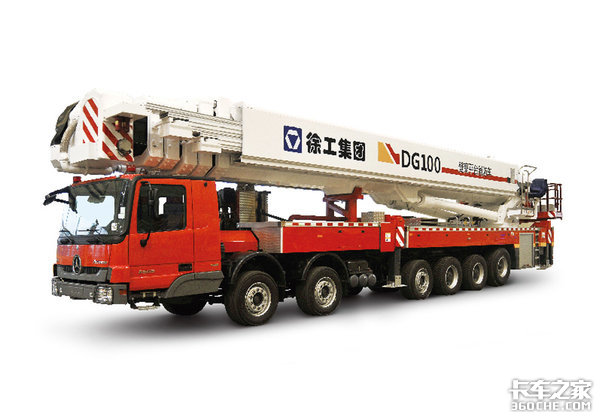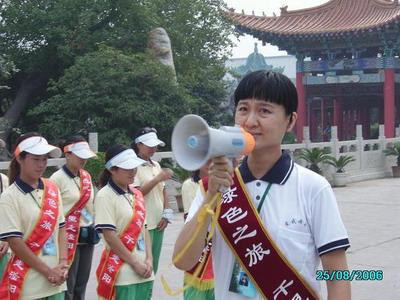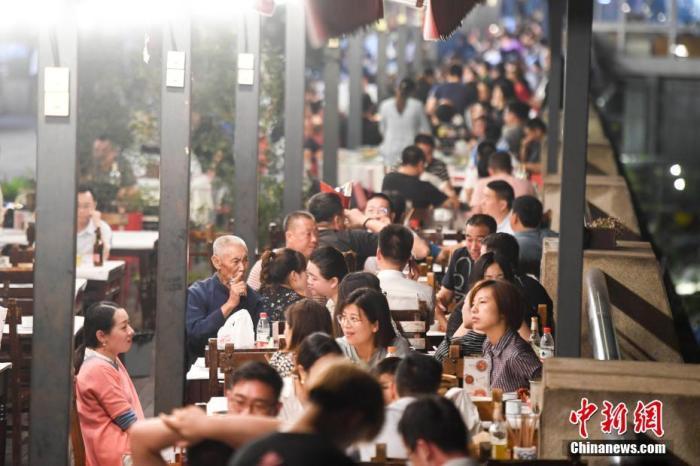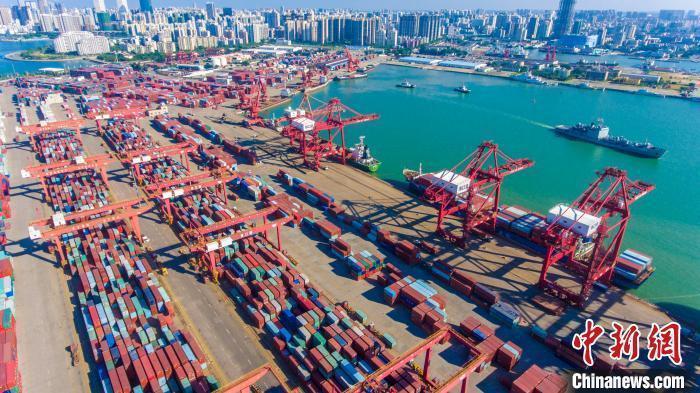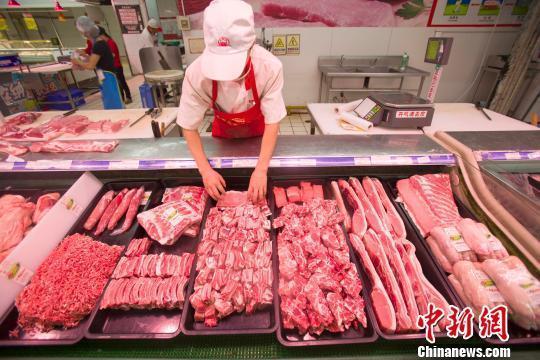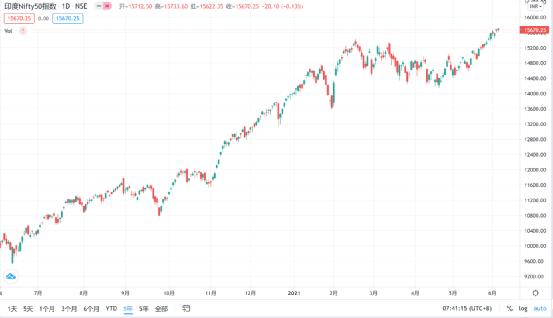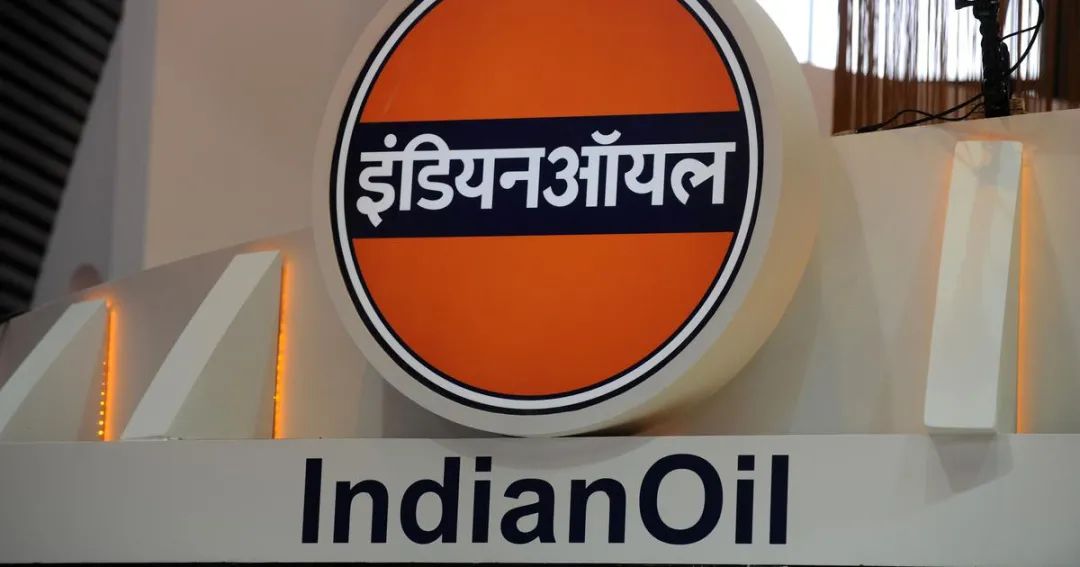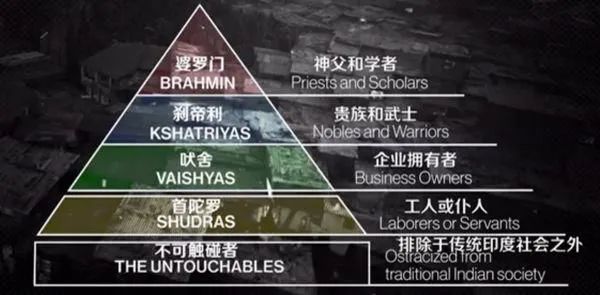Our province has accelerated the construction of a social credit system and landed a number of application scenarios in the fields of people’s livelihood and government affairs.
Open the era of "Credit Ten"
Hainan Daily reporter   Fu Renyi   Shao Changchun   Wang Peilin   Correspondent   Liu Yongqi   Fu dandan
Honesty is an intangible wealth, but in Hainan, credit can bring real convenience and preferential treatment. Do you know what your personal integrity score is? How are these integrity points calculated? How does credit evaluation become a "good helper" for government departments to play their supervisory functions?
Strengthening the construction of social credit system is an urgent need to promote the construction of Hainan free trade port, and it is also an important content to optimize the business environment. In recent years, our province is accelerating the introduction of a number of credit legislation, at the same time relying on big data and other technical means to strengthen the support of credit platform, and taking the market as the guide, boldly innovating the system and mechanism, and constantly promoting the construction of honest Hainan.
A
"Golden Coconut" bears the credit "Golden Fruit"
The preparation for calculating the personal integrity points of more than 10 million residents in the province has been completed.
"My golden coconut score is 1021 points! It only takes 10 minutes to apply for a high-amount and low-interest loan online, which is really convenient! " On March 15th, Chen Dan, a citizen of Haikou, used his mobile phone to log in to the Haiyi Office APP, clicked on the "My"-"Golden Coconut Branch" area, and selected "Credit+Loan" to apply for the Huimin loan product of Bank of Communications.
Hainan Golden Coconut Sub-application Platform APP (hereinafter referred to as Golden Coconut Sub-platform) is a unified management application platform for personal credit points of residents in the province, and it does not evaluate corporate credit. It is jointly built by the Provincial Big Data Administration and the Provincial Development and Reform Commission.
Wu Cheng, deputy director of the Provincial Big Data Administration, said that with high personal integrity scores, you can not only enjoy online loans conveniently, but also enjoy government convenience. To reach the corresponding score of Golden Coconut, Hainan residents who have reached the age of 18 can enjoy increasing the loan amount, providing a green channel for tax service, and getting free electronic tickets when traveling.
Chen Jun, a citizen of Haikou, was deeply touched by the convenience brought by the Golden Coconut Sub-platform. In the past, he had to queue up for personal tax payment in the tax hall. Now he only needs to log in to the Golden Coconut Sub-platform through his mobile phone, select "Xinyi Service" and "light the code" to the staff in the tax hall (Golden Coconut is divided into two-dimensional codes). You can enjoy the green channel service. "Because my golden coconut score is 1035, my personal integrity score is relatively high, so I don’t have to wait in line to pay taxes, which greatly saves time!" Chen Jun said.
Personal integrity points have so many uses, so how to calculate integrity points? Jian Chen, deputy director of the Project Construction Department of the Provincial Big Data Administration, said that the Golden Coconut Sub-platform takes the personal credit integral model as the core, and the provincial personal public credit information sharing platform as the main data resources. Through the scientific setting and unified standard of the Golden Coconut Sub-model index system, the personal credit integral is calculated by the corresponding model quantification rules.
At present, the Golden Coconut Sub-platform has been designed with 36 credit indicators, and the personal basis is divided into 1000 points. On this basis, the score is dynamically increased or decreased according to the personal credit indicator information. Each credit index corresponds to a different score. If anyone participates in voluntary blood donation activities, the integral value will be increased in a gradient manner according to the number of blood donations. The maximum score can be accumulated for 10 times, totaling 40 points, and the individual score can be updated to 1040 points; If you have registered volunteer service, you can accumulate a maximum of 36 points by increasing the score in a gradient with accumulated service duration; If there is a talent recognition in the government commendation award, the maximum score can be increased by 62 points. At the same time, if an individual has administrative punishment and is blacklisted for dishonesty, the corresponding score will be dynamically reduced.
It is understood that the Golden Coconut Sub-platform can support six application scenarios of "excellent, simple and convenient benefits". At present, it has been applied in five major fields: transportation, medical care, loans, government services and consumption, including "credit+travel", "credit+loan" and "credit+medical care" in cooperation with the Bank of Communications, and "trust and easy service" in cooperation with the Provincial Taxation Bureau.
"At present, the preparation for calculating the personal integrity points of more than 10 million residents in the province has been completed, and it is necessary for individuals to officially calculate their golden coconut scores after logging in." Jian Chen introduced that since the Golden Coconut Sub-platform was launched three months ago, users have applied for 526 person-times in the fields of "trust and easy service", "credit+travel", "credit+medical care" and "credit+loan", and will continue to promote the Golden Coconut Sub-platform in the future. More application scenarios are developed and launched in the fields of "credit+"government services, shopping consumption, transportation, travel accommodation, medical services, etc., to provide government affairs for individuals with good credit.
B
"Credit Brain" provides "accurate portrait" for enterprises
Enlarge the enterprise’s "credit value", "credit easy loan" and "Qiongke loan" to solve the financing problem
Credit is a kind of data. Apart from being a valuable "resource" for individual residents, what innovative applications are there in benefiting market participants?
On March 14th, Hu Jian, general manager of Hainan Island Jirui Culture Media Co., Ltd., was busy discussing business with several customers. In the past two years, the COVID-19 epidemic has had a certain impact on the company, but a loan he got a few days ago gave Hu Jian a "reassurance".
Hu Jian clearly remembers that on the morning of November 3 last year, he saw a message sent by the staff of Sanya Science and Technology Industry Information Bureau on the WeChat "Sanya High-tech Enterprise Working Group": "Welcome enterprises to log in to Hainan Smart Finance Integrated Service Platform to apply for credit loans …"
"There is also a detailed introduction to the loans of small and micro enterprises in various banks, with a QR code attached." Hu Jian held a try attitude, clicked on the QR code with his mobile phone and contacted the staff.
Subsequently, Hainan smart financial integrated service platform responded quickly, and soon three banks, including Postal Savings Bank, took the initiative to contact the door. Through comparison, Hu Jian finally got a tax credit loan of 1.27 million yuan in the Postal Savings Bank, which was a surprise for him.
"The first time I got a pure credit loan with such a low interest rate, as a small and micro enterprise, I felt that I was’ cared for’ in this difficult time, and I also felt that the business environment in Hainan was getting better and better!" Hu Jian told Hainan Daily reporter that this loan also made him realize the importance of corporate integrity. The company began to pay taxes in 2017, and its tax credit rating was Grade B. Next, it will accumulate credit and pay taxes in good faith in the future business development, which will help the sustainable development of enterprises.
Hainan Smart Finance Integrated Service Platform was put into trial operation in early September 2021. By March 8, 2022, 55 financial institutions had been actively guided to settle in, including 52 banking institutions and 3 guarantee institutions. 78 financial products were put on the shelves, including credit products, housing mortgage products and intellectual property mortgage products, among which credit products accounted for 43.6%; There are 235 registered enterprises, with financing applications of 483 million yuan and actual loans of 139 million yuan.
The relevant person in charge of the Provincial Financial Supervision Bureau said that our province takes Hainan’s smart financial comprehensive service platform as the starting point, vigorously promotes the work of "credit and easy loan", builds a "credit brain" through smart financing services, and accurately depicts small and medium-sized enterprises with financing needs, intelligently matches financial products, enhances the convenience of enterprises to obtain credit, and effectively alleviates the financing problems of small and medium-sized enterprises.
Up to now, the platform has applied for collecting 90 items of government affairs data in the province, involving more than 20 departments and bureaus, including social security, provident fund, justice, taxation, public security, real estate and many other high-value data that can make accurate portraits of business operations, and it is at the forefront of the country.
"The Provincial Financial Supervision Bureau is stepping up the follow-up construction and operation promotion of the platform, jointly building and improving the’ sub-station model’ with Yangpu and Sanya, fully mobilizing the enthusiasm of all parties, giving full play to the advantages of local resources, and jointly contributing to the platform." The relevant person in charge of the Provincial Financial Supervision Bureau introduced.
In addition, our province is also market-oriented, by promoting Hainan Financing Guarantee Fund Co., Ltd. (hereinafter referred to as Hainan Financing Guarantee Fund) to introduce the national financing guarantee fund, and launching the "total-to-total" batch guarantee business (hereinafter referred to as the batch guarantee business). At the same time, it cooperates with the provincial science and technology department and banks to carry out the "Qiongke loan" business, providing enterprises with pure credit loans, giving full play to the positive incentive role of "credit" and amplifying the "credit value" of enterprises.
It has only been more than three months since its business was launched in September, 2021. The Provincial Department of Finance actively promoted Hainan Financing Guarantee Fund to provide 205 million yuan of pure credit and low-rate policy-guaranteed loans to 183 small and micro enterprises and individual industrial and commercial households in 17 cities and counties through bulk guarantee business, benefiting 11 livelihood industries, solving the problem that loans below 1 million yuan in our province are difficult to obtain guarantee support, further expanding the scope of government financing guarantee support and alleviating the problem of "financing difficulties" for enterprises.
At the same time, meet the diversified financing needs of high-tech enterprises. As of December 31, 2021, the "Jonko Loan" business provided 182 million yuan of credit support for 44 high-tech enterprises in the fields of medical care and Internet in our province.
C
Credit has become a "new helper" for government supervision.
Industry insiders suggest establishing a unified "data pool" in the province to continuously improve the supervision efficiency.
In Hainan, if you need to hire a reliable nanny, do you still introduce this "old method" through acquaintances? Now, you can log in to the "Coconut Island Home Economics" APP, choose through the "integrity points" of the home economics aunts, and also evaluate these home economics aunts.
Behind this is the epitome of the Provincial Department of Commerce using credit supervision to improve the supervision ability of domestic service enterprises and domestic attendants in our province. Up to now, the province’s domestic enterprises have entered 176 business platforms of the Ministry of Commerce, and 62,550 domestic workers have entered information platforms, of which 14,006 have completed face recognition certification.
In the field of traffic supervision, the Provincial Department of Transportation has built a "1+1+X" traffic credit information infrastructure system, and established a "one-household" credit file covering 70,700 enterprises and 404,300 employees, providing powerful basic data for implementing industry supervision and expanding applications.
The work report of Hainan provincial government in 2022 pointed out that it is necessary to build an all-round enterprise service system. Improve the supervision system after the event, promote the construction of "integrity Hainan", and set up provincial-level enterprise credit information companies. We will improve the closed-loop mechanism for the acceptance, verification and handling of business environment issues, and promote the resolution of common problems through case handling.
In order to further improve the closed-loop mechanism of business environment acceptance and verification, make big data interconnected and realize efficient supervision of government departments, some cities and counties have also made new explorations.
On March 15th, Mr. Lin, the owner of Maizhiqi Cake Shop in Sangerluo Town, Wanning City, submitted the necessary materials and filled in the application form at the window of the municipal government service hall, and it took only 10 minutes to get the food business license. This is due to the innovative "credit+trial-free" approval model launched by Wanning City.
"We only need to check the personal integrity of the owner and the integrity of the enterprise subject through the Golden Coconut Sub-platform and the Credit China Platform. If there is no bad record, we can issue the certificate on the spot, and there is no need to review and approve it as before, which greatly improves the supervision efficiency." Fan Senhong, director of the Wanning Municipal Audit and Reform Office, introduced that on the basis of the "three ones" reform of "one seal for examination and approval, one type of department for supervision and one team for law enforcement", Wanning Municipal Administrative Examination and Approval Service Bureau took the lead in connecting with Wanning Municipal Development and Reform Commission to explore the four links of examination and approval, supervision, law enforcement and credit.
At present, Wanning City has developed the platform of "Examination and Supervision Law Letter" on the platform of "internet plus Supervision", and the automatic linkage mechanism of the "four-in-one" reform system of examination and approval, supervision, law enforcement and credit has been initially formed, so that the examination and approval results can be automatically pushed to the supervision department after the event and the Hainan platform of credit, and the examination and approval results can be immediately pushed by the notification and commitment system and the filing system, and the business departments can intervene in supervision within a limited time, and the examination and approval results, supervision results, law enforcement results and bad credit information data can be shared with each other
"At the same time, when market entities handle the approval service business of’ record entry and commitment entry’, bad credit information can be used as a reference to assist the approval service work, strengthen joint punishment, and ensure that it is more open under the premise of management." Zhong Xiaochuan, deputy director of the Wanning Municipal Development and Reform Commission, said that this practice fully demonstrates the values of rewarding integrity and punishing dishonesty. This platform provides the results of data-based reform on how to manage the market access facilitation reform, and provides a useful exploration for our province to promote the three-network connection of government digital transformation reform of "one network to run", "one network to cooperate" and "one network to supervise", and realizes the automatic data docking between Haiyi Office’s "internet plus Supervision", "internet plus Law Enforcement" and Credit Hainan, and solves the long-standing difficulties such as the connection of examination and management, the connection of management and the second entry of credit information.
It is understood that since the launch of Wanning’s "Audit and Supervision of Legal Letters" platform, 189 bad credits have been pushed to the Credit China (Hainan) platform through the platform, with 6,297 approval results and 169 penalty cases.
The industry believes that the construction of social credit system is an important task for the construction of Hainan Free Trade Port. Our province should continuously accelerate the legislation in the field of social credit, strengthen credit supervision in the field of legal services, improve the quality and efficiency of credit supervision, and optimize the business environment ruled by law. In particular, based on data, we should promote data collection and sharing, reduce the big data of various cities, counties and departments to a unified "data pool" in the whole province, and build an honest government, honest enterprises and honest individuals in an integrated way, thus promoting the construction of honest Hainan.
(Haikou, March 16 th)
